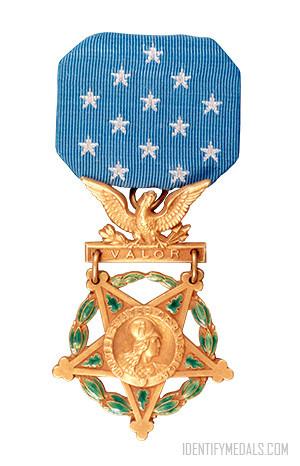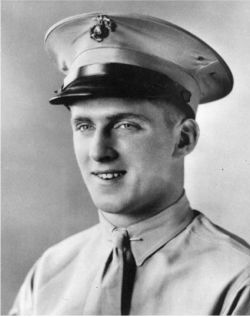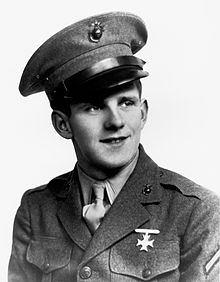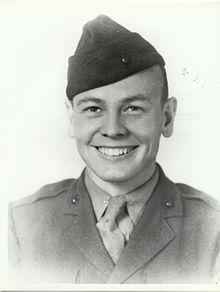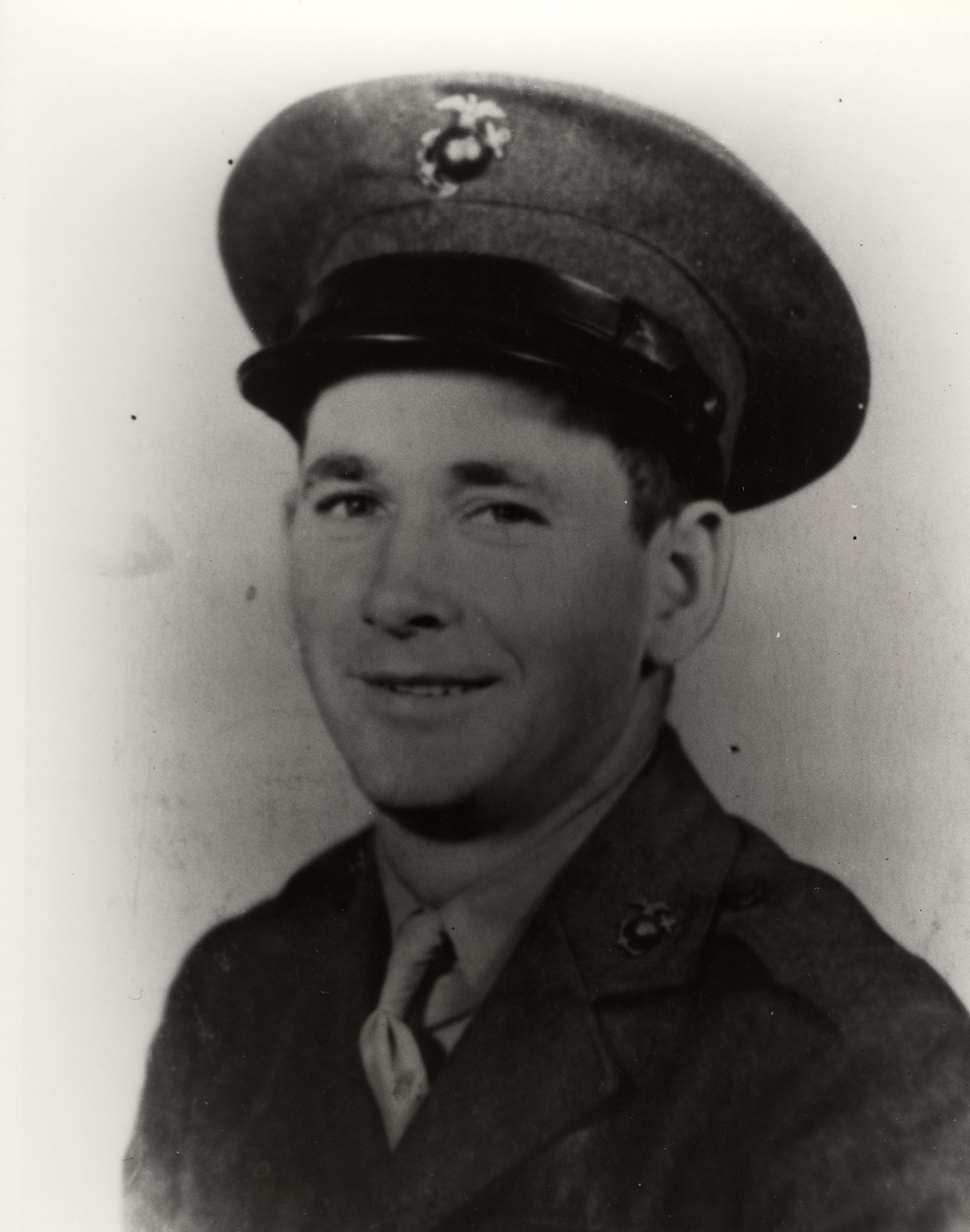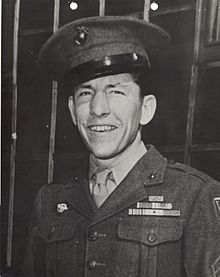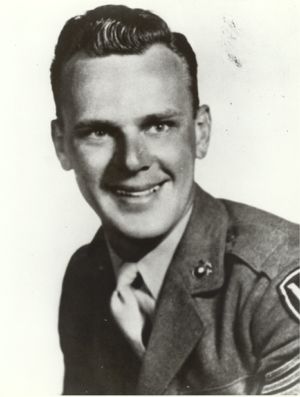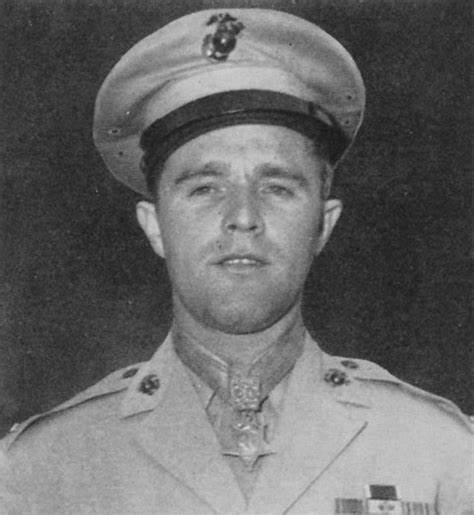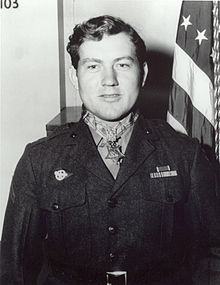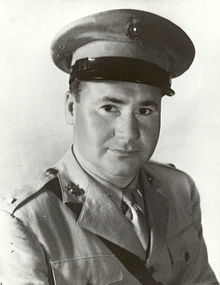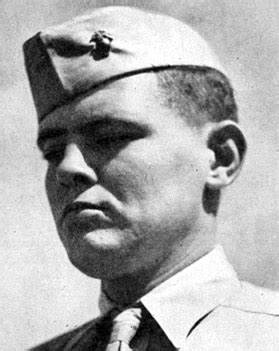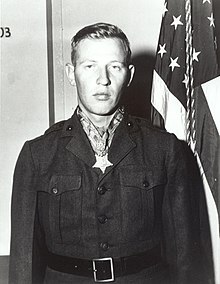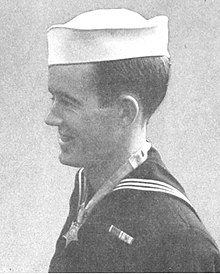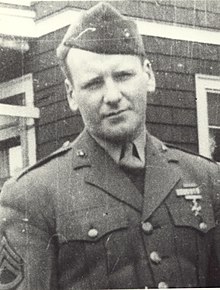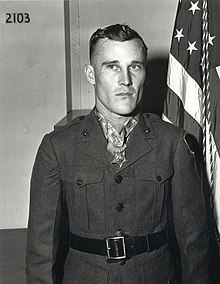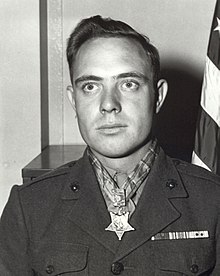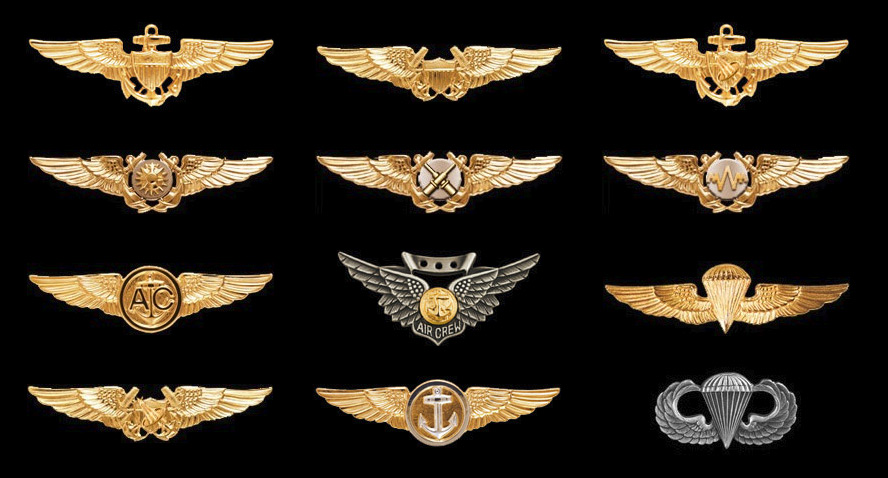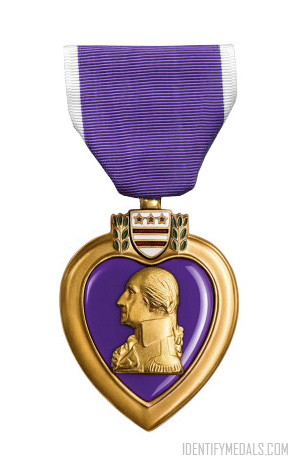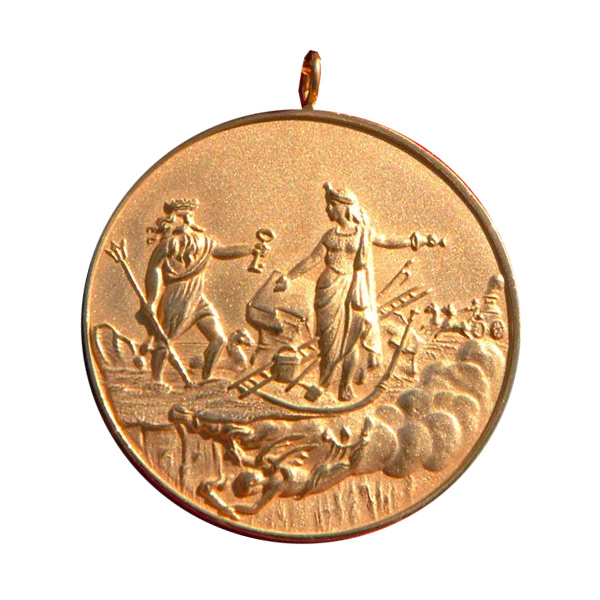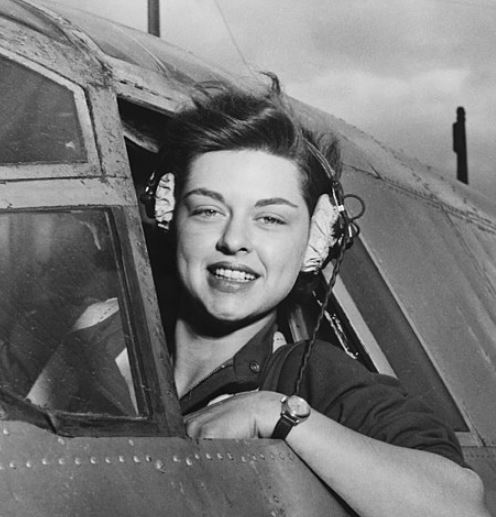Did you know that of the 82 Marines that were Medal of Honor recipients during World War II, over one-fourth, or twenty-two, of those awards were given for actions during the Battle on Iwo Jima?
Of the 27 Medals of Honor awarded at Iwo Jima, almost half, or thirteen, of the awards were posthumous. In addition, there were over 200 Navy Cross medals awarded, a decoration second only to the Medal of Honor, and many Navy Cross citations could have warranted a Medal of Honor.
The Medals of Iwo Jima
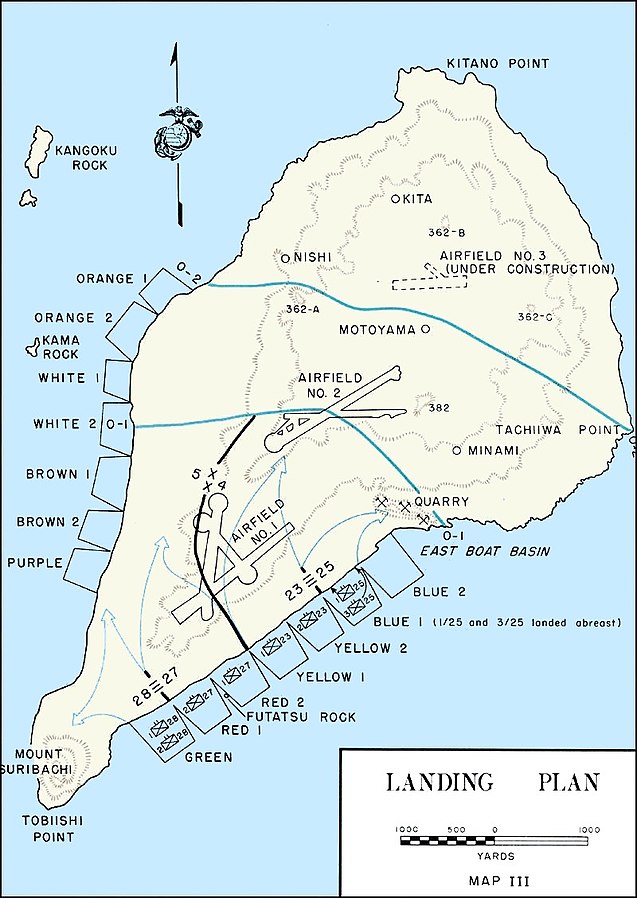
22 Marines and 5 sailors would receive Medals of Honor for their actions at Iwo Jima during the campaign that lasted slightly over a month and featured three Marine divisions minus one regiment. In fact, Iwo Jima is the most highly decorated single engagement in United States history.
By contrast, the second largest campaign for Medals of Honor award—Okinawa—was eighty-one days long, involved four Army and two Marine divisions, and 24 Medals of Honor were awarded to soldiers, sailors, and Marines.
Admiral Chester W. Nimitz’s phrase about Iwo Jima seems particularly apt:
“Among the men who fought on Iwo Island, uncommon valor was a common virtue.”
Time after time, veterans who recalled fighting on Iwo Jima and who had participated in other battles like at Tarawa or Guadalcanal said that nothing compared to Iwo Jima.
Peter Zurlinden, a veteran Marine combat correspondent, noted that it was different: “At Tarawa, Saipan and Tinian, I saw Marines killed and wounded in a shocking manner, but I saw nothing like the ghastliness that hung over the Iwo beachhead. Nothing any of us had ever known could compare with the utter anguish, frustration and constant inner battle to maintain some semblance of sanity.”
About the Battle of Iwo Jima
The Battle of Iwo Jima, which lasted from February 19 to March 26, 1945 featured around 70,000 Marines and somewhere between 18,000-20,000 Japanese on a volcanic island 660 miles south of Tokyo that was 2 miles wide by 4 miles long. It is estimated that there were at least 17,000 Japanese casualties, including dead and missing, plus 216 taken prisoner. The Marines suffered 6,800 deaths alone and a total of over 26,000 casualties. In the first day alone, the Marines would experience 2,400 casualties, a number comparable with American losses at Omaha Beach on D-Day at Normandy in June 1944.
Iwo Jima was the largest, yet costliest, Marine amphibious operation during World War II with a casualty rate of 35% of Marines employed. The bloodiest battle in the history of the Marine Corps, Iwo Jima was the only major Pacific battle in which the Marines suffered greater casualties than they inflicted. Due to the lethality of the campaign, junior Marines had to assume leadership roles in order to continue in the attack like Private first classes leading platoons because all the officers and non-commissioned officers (NCOs) had been killed.
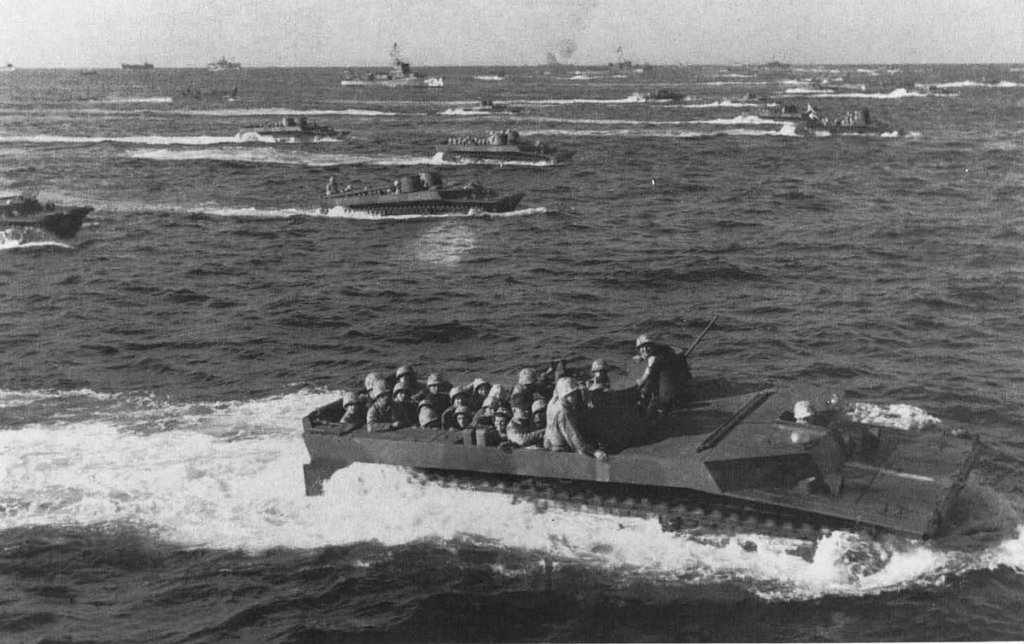
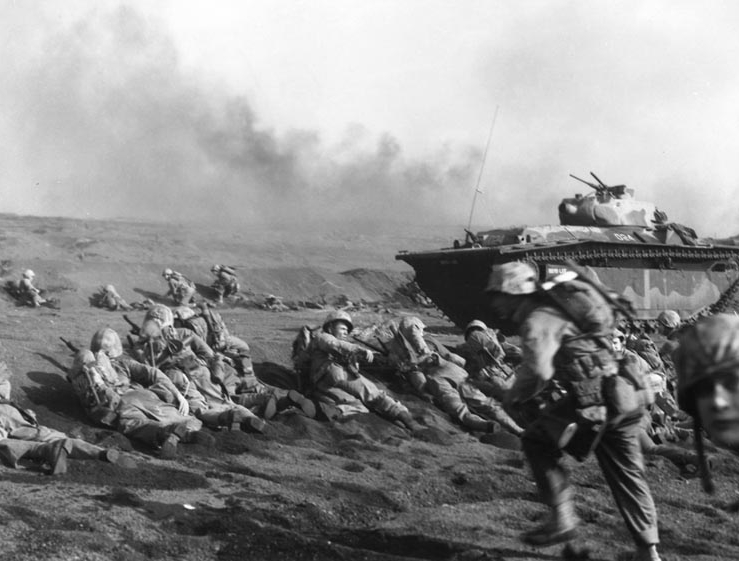
The Strategic Importance of Iwo Jima
Although the campaign was extremely deadly, it was essential for the United States. It gave the Americans an advanced base, which would boost the strategic bombing campaign against mainland Japan, and it would assist in the eventual invasion of Japan. After the battle, Iwo Jima became the emergency landing site for over 2,200 B-29 bombers.
The Japanese had the upper hand as the defenders. Iwo Jima had few beaches and was replete with cliffs and caves. They had buried underground and riddled the landscape with pillboxes that blended into the ground. Although the Army Air Forces B-24 bombers had raided the island for 10 straight days and the Navy ships and carrier ships took over three days before the landing, the bombardment had little impact since most of the Japanese were underground.
The distinctive flag-raising atop Mount Suribachi took place on February 23, 1945, five days after the battle began. After the first flag raising of the day, Associated Press photographer Joe Rosenthal captured the famous moment of six Marines raising the flag, an image now ingrained in the mind of every American.
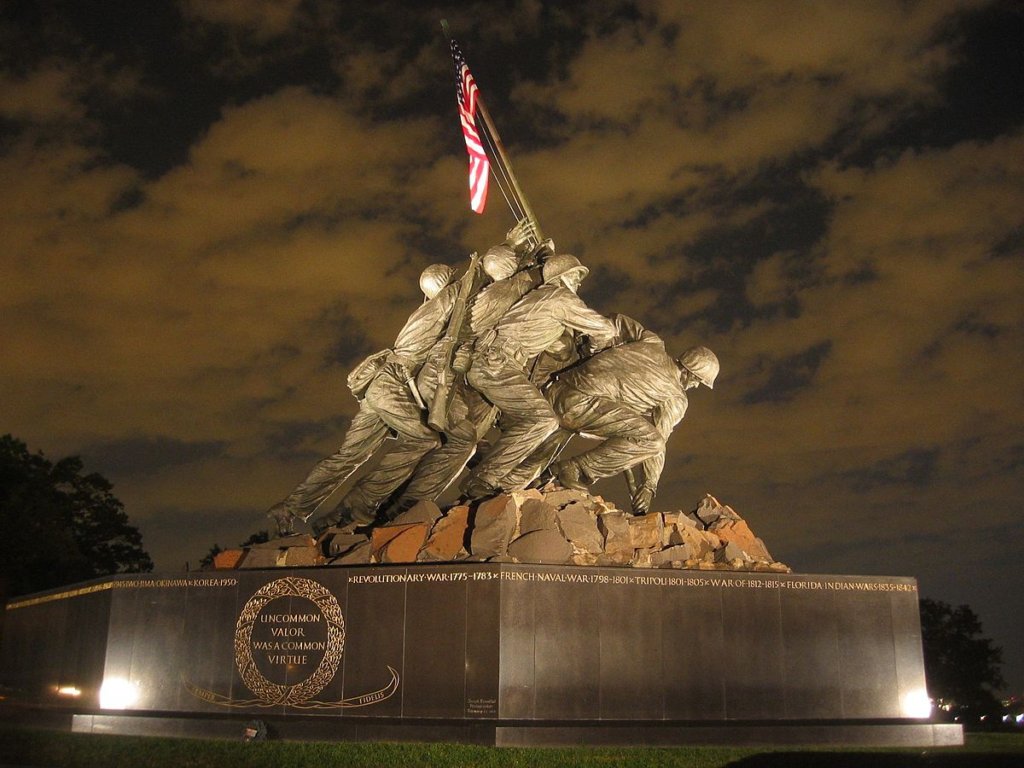
These men were Michael Strank, Harlon Block, Franklin Sousley, Ira Hayes, Rene Gagnon, and Harold Schultz. Until 2016, it was believed that the sixth man was John Bradley, a Navy hospital corpsman, who took place in the first flag raising that day, instead of Schultz who had died in 1995. Strank, Block, and Sousley would die on Iwo Jima.
The Medal of Honor and Iwo Jima
Twenty-seven Medals of Honor were awarded for action on Iwo Jima, which is more than any other battle in U.S. history. This is fitting as the Medal of Honor is our country’s highest military award for bravery, and Iwo Jima required a bravery that many other battles did not.
Of the twenty-seven Medals of Honor awarded, there were some that were particularly unique. Captain Robert H. Dunlap received the Medal of Honor at Iwo Jima, and his cousin, Jim Stockdale, admired him as a boy and ended up becoming a Navy pilot, receiving a Medal of Honor for his heroism as a POW during the Vietnam War. They are the only cousin-pair to receive Medals of Honor.
Private First Class (PFC) Donald J. Ruhl was the only person from the state of Montana to receive a Medal of Honor during World War II. Joe McCarthy received a Medal of Honor, Silver Star, and three Purple Hearts and became the only active firefighter to receive the Medal of Honor during World War II. For his actions on February 17, 1945 before the battle began, Lieutenant (jg) Rufus G. Herring received the only Medal of Honor awarded to an LCI sailor during World War II.
Sergeant William G. Harrell lost his two hands during the Iwo Jima campaign protecting others and had two steel hooks for hands. But ever the prankster, he had goosed the hero in front of him with his hook moments before the Medal of Honor recipients walked into the ceremony to receive their awards from President Harry S. Truman.
Finally, PFC Jack Lucas was the youngest Medal of Honor recipient during World War II, receiving his decoration at the age of 17.
One Medal of Honor recipient from Iwo Jima is still alive: Hershel “Woody” Williams. He is one of the four remaining Medal of Honor recipients from World War II and the only Marine still alive. He received the Medal of Honor for his actions with a flamethrower in destroying a variety of enemy pillboxes.
Woody Williams like many others who survived feels grateful and that his medal does not belong to him. Instead, as he says, “It belongs to those Marines who did not get to come home.”
Medal of Honor Recipients at Iwo Jima
Sources
- Hallas, James. H. Uncommon Valor on Iwo Jima: The Stories of the Medal of Honor. Recipients in the Marine Corps’ Bloodiest Battle of World War II. Stackpole Books, 2016.
- http://www.hwwmohf.org/woody-williams.html
- https://www.stripes.com/news/veterans/hershel-w-woody-williams-wwii-medal-of-honor-recipient-on-surviving-iwo-jima-1.330344
- https://www.nationalww2museum.org/war/articles/hershel-woody-williams
- https://www.mca-marines.org/gazette/leatherneck-iwo-jima-hell-fire-out
- https://www.nationalww2museum.org/sites/default/files/2017-07/iwo-jima-fact-sheet.pdf
- https://www.historyhit.com/marines-iwo-jima/
Guest Contributor: Rachel Basinger is a former history teacher turned freelance writer and editor. She loves studying military history, especially the World Wars, and of course military medals. She has authored three history books for young adults and transcribed interviews of World War II veterans. In her free time, Rachel is a voracious reader and is a runner who completed her first half marathon in May 2019.

